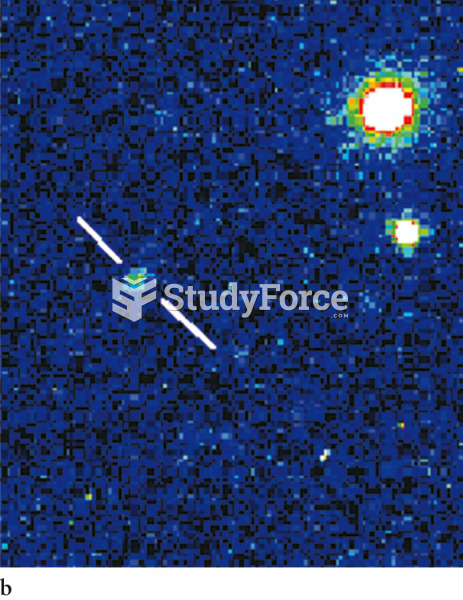Definition for Kuiper belt
From Biology Forums Dictionary
The Kuiper belt is a region of the Solar System beyond the planets, extending from the orbit of Neptune (at 30 AU) to approximately 50 AU from the Sun. It is similar to the asteroid belt, but it is far larger—20 times as wide and 20 to 200 times as massive. Like the asteroid belt, it consists mainly of small bodies, or remnants from the Solar System's formation. While most asteroids are composed primarily of rock and metal, most Kuiper belt objects are composed largely of frozen volatiles (termed "ices"), such as methane, ammonia and water. The classical belt is home to at least three dwarf planets: Pluto, Haumea, and Makemake. Some of the Solar System's moons, such as Neptune's Triton and Saturn's Phoebe, are also believed to have originated in the region.



